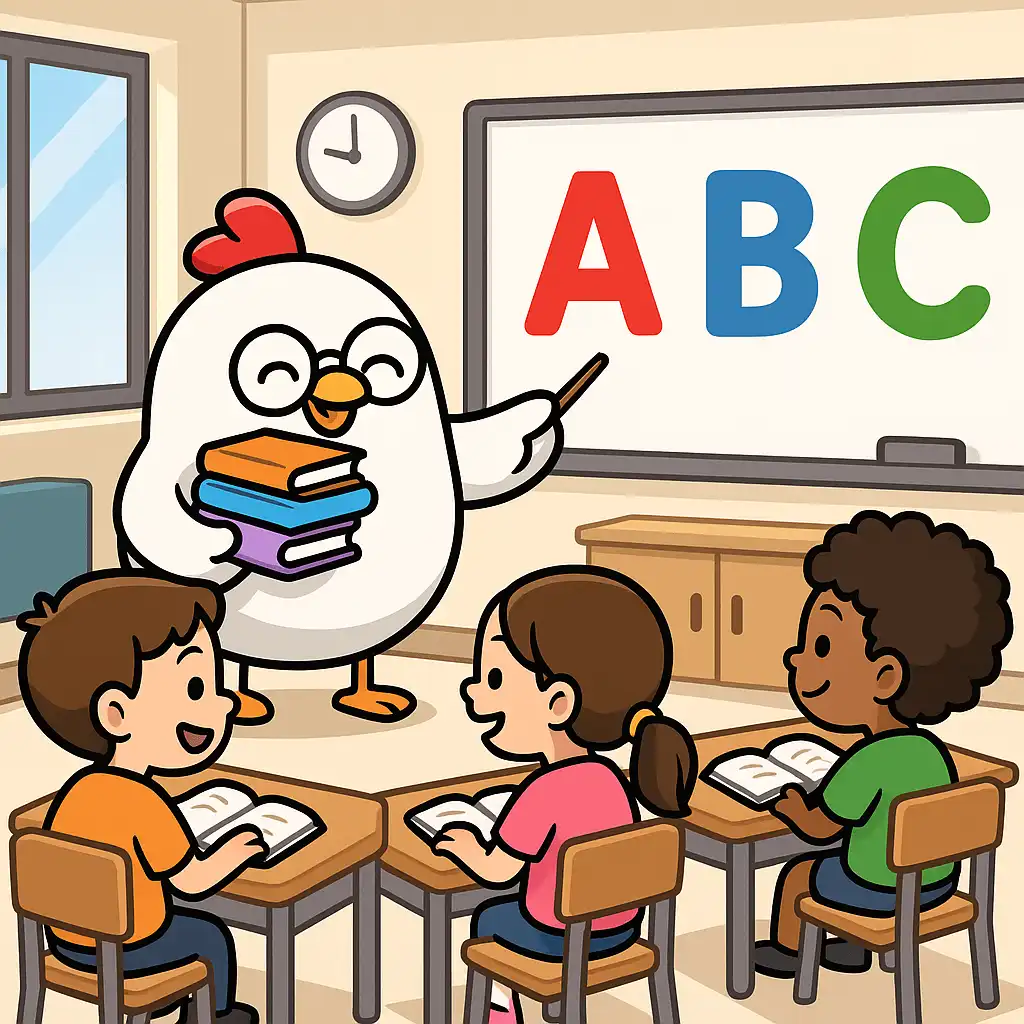Taking the Next Big Step: Mastering Advanced Phonics Sounds
Your child has built an incredible reading foundation. They can tackle blends and endings with confidence. Now, it's time to introduce them to some of the most common—and most interesting—sound patterns in English: the 'sh', 'ng', 'nk', and 'x' sounds.
This is a major leap forward. Mastering these special combinations unlocks a huge number of new words and gives your child the tools to decode text with even greater accuracy. In just 10 minutes a day, our program makes learning these advanced sounds feel like a fascinating new discovery, building their skills and their identity as a truly capable reader.
Our Approach: Making Tricky Patterns Simple
These new sounds can seem complex, but our approach breaks them down into easy, rewarding steps.
- Teaching Sounds as "Teams": We teach your child that letters like 's' and 'h' are a "sound team" that works together to make one new sound: /sh/. This "team" concept makes digraphs easy to remember and recognize.
- Modeling "Sticky" Sounds: The 'ng' and 'nk' sounds are unique because they are "sticky" or "glued" sounds that are hard to say by themselves. Our app provides perfect, clear audio modeling, allowing your child to hear and replicate these tricky nasal sounds correctly within a word.
- One Pattern at a Time: We don't overwhelm your child. Our games focus on mastering one sound pattern (like 'sh') completely before moving to the next (like 'ng'). This methodical approach ensures they build a rock-solid understanding without confusion.
The New Words Your Child Will Master
By learning these advanced sound patterns, your child's reading ability will take a giant leap forward. They will be so proud as they master words in our games, such as:
- -sh words: rush, lash, sash, rash, fish
- -ng words: king, song, ring, long, wing, sing, hang
- -nk words: monk, pink, sink
- -x words: fix, fox, Max
This new vocabulary will make them feel like a reading superstar.
Expert Answers to Your Questions About These Sounds
1. What's the difference between the 'sh' team and the 'st' blend they learned before?
This is the most important concept in advanced phonics! A blend (like 'st') is a team where you can hear each letter's individual sound. A digraph (like 'sh') is a team where the letters join forces to create one brand-new sound. You don't hear /s/ and /h/ in fish—you hear the new /sh/ sound. Our games make this distinction visually and audibly clear.
2. The 'ng' and 'nk' sounds seem difficult to say. Is that normal?
Yes, completely. These are called "nasal sounds" because they are produced in the back of the throat and nasal passage, which makes them very difficult to isolate. It's almost impossible to say the /ng/ sound without a vowel in front of it! That's why the app's method of teaching them as a "glued" or "welded" sound chunk (like ing, ang, unk) is so effective. It provides the sound in a way your child can actually hear and use.
3. My child sees the letter 'x' and doesn't know what to do. What should I tell them?
The letter 'x' is special because it's a bit of a trickster. It almost always represents two sounds at once: /k/ and /s/. So when your child sees the word fox, they should sound it out like /f/ /o/ /k/ /s/. Our games provide plenty of practice with this two-for-one sound, turning a point of confusion into a fun new rule to master.
4. How can I best support my child as they learn these more complex rules? Your role is to be the curious co-discoverer. When the app introduces the 'sh' sound, you can say, "Wow, look at that! The 's' and the 'h' are teaming up to make a totally new sound. How cool!" You don't need to be the expert who explains the rules; the app handles that. You just get to share in the excitement of cracking a new part of the reading code.
Your Child is Now an Advanced Phonics Detective!
Mastering these patterns is the key to unlocking thousands of new words and becoming a truly fluent reader. Let's celebrate their amazing progress and continue the adventure.
